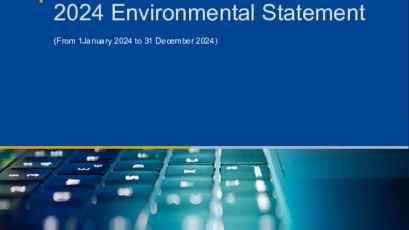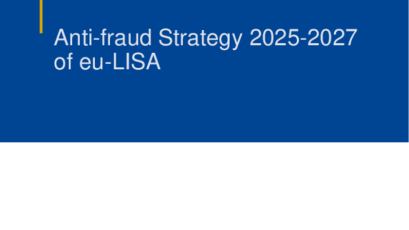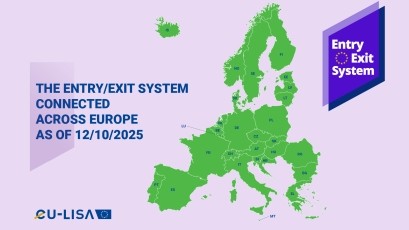Actions

Yesterday, Tuesday 24 May 2022, the Commission adopted the first annual State of Schengen report. It is accompanied by a policy document developing the multiannual strategic policy for European integrated border management, and a report on checks at the external borders of the EU. This package assesses the state of the Schengen Area and it starts the reflection on the future management of the EU common external borders. These will serve as basis for discussions of Members of the European Parliament and Home Affairs Ministers in the Schengen Forum on 2 June, and in the upcoming Schengen Council on 3 June 2022.
This package complements the EU's continuous efforts to improve Schengen's overall functioning and governance The Schengen area without controls at internal borders is a historic achievement of European integration. Since its foundations were laid in 1985, it has changed the daily reality of millions of people. Almost 1.7 million people reside in one Schengen State and work in another. People have built their lives around the freedoms offered by the Schengen Area, with 3.5 million people crossing between Schengen States every day.
As the Digital Heart of Schengen, eu-LISA's daily work is key to the success of the Schengen Area. The 24/7 operational management of critical IT systems such as the Schengen Information System (SIS), the Visa Information System (VIS) and Eurodac, the European Asylum Dactyloscopy Database is fundamental to the smooth functioning of the EU's external borders. Furthermore, the ongoing development of new systems EES, ETIAS and ECRIS-TCN as well as the Interoperability functions between all of the above, will boost the overall security and safety of Europe as a whole. eu-LISA is focused and aims to deliver the world’s most technologically advanced border management systems seen to date.
The report states "During the last year, Member States, eu-LISA and the Commission have further stepped-up efforts to implement the new IT architecture and interoperability in line with the agreed timelines. Now it is of utmost importance to ensure that all stakeholders take the necessary steps, within the scope of their responsibilities, to have the full new architecture and interoperability in place by the end of 2023."


